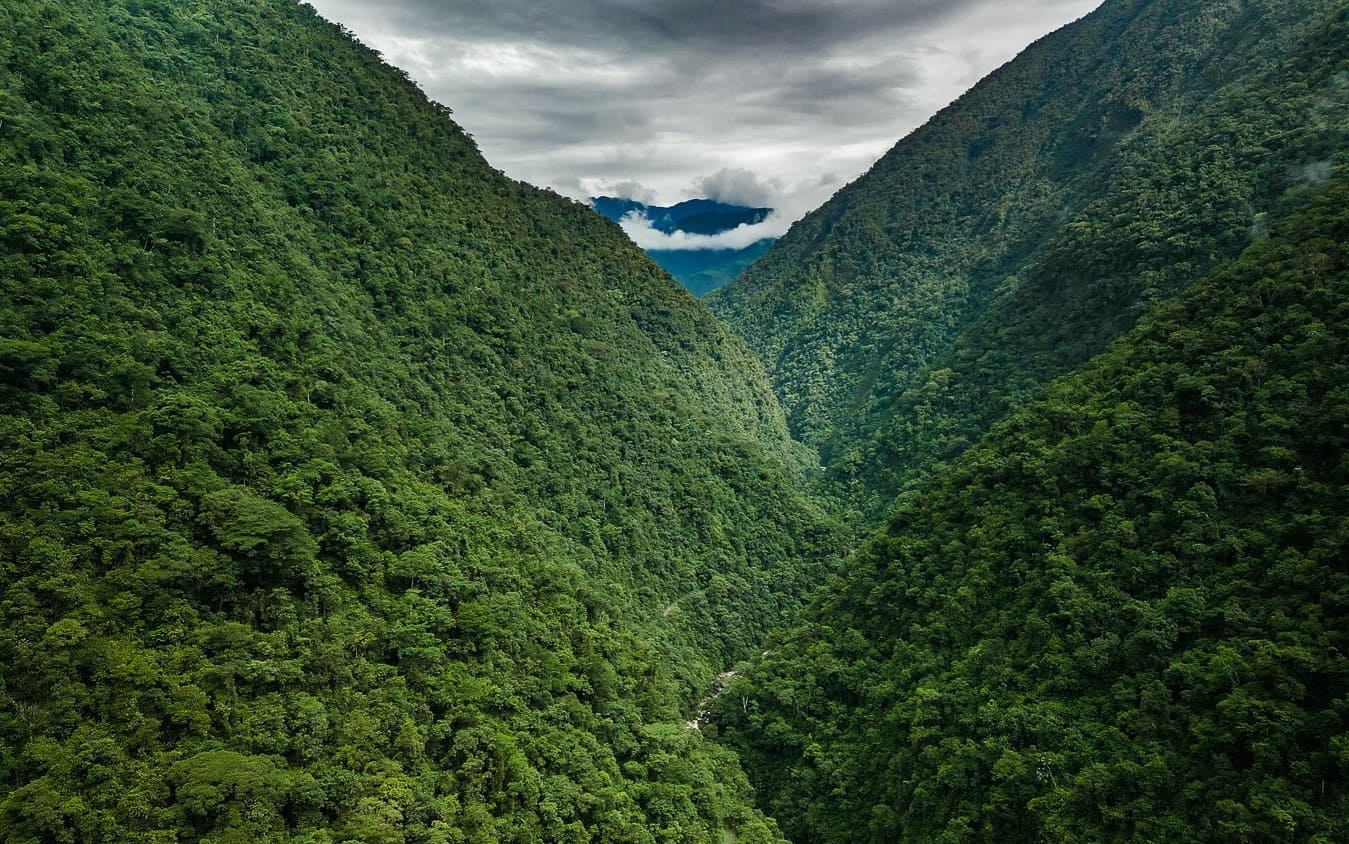Lichens are entities made up of two main organisms living in symbiosis: the fungus (the mycobiont) and the photobiont, which is either a green alga or a cyanobacterium. They can therefore be considered as chimeric organisms or, due to the presence of other organisms cohabiting in the thallus (bacteria, yeasts, etc.), as complex autonomous ecosystems.
The name of the lichen is that of the main fungus, referred to as ‘lichenised.’ Lichenisation has appeared several times independently in the fungal kingdom, in both ascomycetes and basidiomycetes, but over 95% of species belong to the ascomycetes.
Nearly 19,500 species of lichenised fungi are currently known worldwide. In tropical forests, lichens are most abundant on bark (corticolous species) and leaves (epiphyllous species), and to a lesser extent on rocks (saxicolous species).






